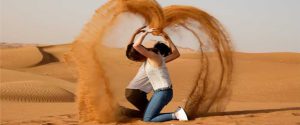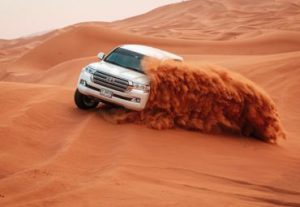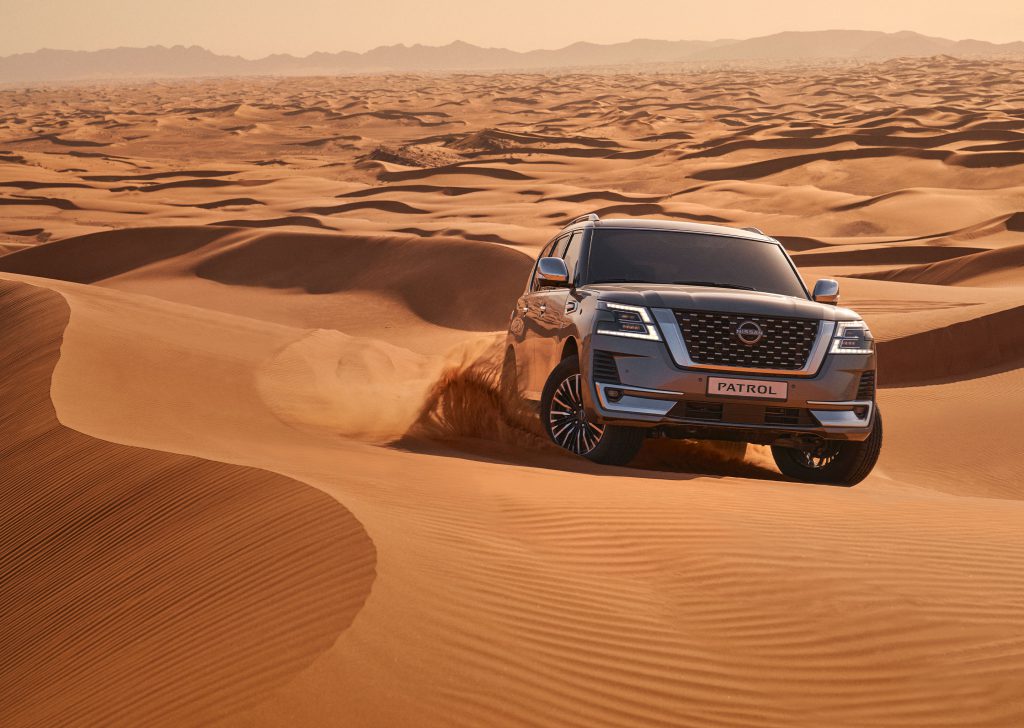Camels hump
Camels hump the camel’s protuberance, a storage facility of energy and perseverance, addresses the abundance of information and encounters we assemble all through our lives. This protuberance permits us to cross the difficult territory of our reality, beating snags and flourishing even with affliction. Camels, frequently alluded to as the “boats of the desert,” are known for their extraordinary actual highlights, especially the hump(s) that embellish their backs.
These entrancing animals have been a fundamental piece of mankind’s set of experiences, filling in as imperative transportation and endurance devices in bone-dry districts. In this article, we will dive into the fascinating universe of camel rides, sandboarding, dune bashing, shisha smoking, investigating their motivation, peace, and importance in the existence of these striking creatures.
Camels normally have a couple of mounds, it is contingent upon the species. The single-bumped camel, otherwise called the dromedary, is local to the Bedouin Landmass and Africa, while the two-bumped camel, or Bactrian, is prevalently tracked down in Focal Asia.

camels hump tour Comparative analysis
It fundamentally comprises fat tissue, which is particularly fat stockpiling. It is made out of various fat cells called adipocytes, which store energy as lipids. This construction is not quite the same as the bone-like mounds tracked down in different vertebrates, like the Dromedary camel (with a solitary protuberance) and the Bactrian camel (with two protuberances).
camel hump is a notable element, different species likewise show comparative transformations for energy capacity. For instance, the elephant’s trunk contains a lot of fat, best camel’s hump tour fills in as an energy save during times of food shortage.
The camel protuberance’s exceptional construction and capability have critical ramifications for the endurance of the species in cruel desert conditions. You can get wonderful experience with camel ride, sand boarding, dune bashing, food and drink. This transformation permits the camel to monitor energy and get through extensive stretches without food and water, making it a fundamental part of desert biological systems.

camels hump tour Relevant object
There are two fundamental kinds of camels: the dromedary (one-humped) and the Bactrian (two-humped) camel. The dromedary is local to the Middle Eastern Promontory, while the Bactrian is tracked down in the steppes of Focal Asia. The essential contrast between these camel types lies in the quantity of mounds they have. The essential capability of camel bumps is to store energy as fat. This fat hold fills in as a vital endurance component in the unforgiving desert climate where food and water sources are scant.
Camels, having a place with the family Camelidae, best camels hump tour are known for their capacity to flourish in brutal desert conditions. They are very much adjusted to make due in these circumstances, because of their particular mounds. In spite of prevalent thinking, these mounds are not loaded up with water. All things considered, they store fat, which fills in as an imperative energy hold for camels despite scant food and water assets.
The fat put away in the protuberances is of an exceptional synthesis, containing a higher extent of monounsaturated unsaturated fats contrasted with different vertebrates. This organization permits camels to use the put-away energy during times of food shortage productively.

camels hump tour Good and bad attributes
Camel hump tour The essential capability of camel humps is to store energy as fat. This permits camels to endure significant stretches without food and water in unforgiving desert conditions. The mounds can save to 80 pounds of fat, which is sufficient to support a camel for quite a long time. Camel humps act as a characteristic safeguard for the creature, assisting them with crossing rough and lopsided landscapes effortlessly. The adaptability of the protuberances permits them to twist and influence, decreasing the effect on the camel’s spine and guaranteeing a smoother ride.
The mounds are fundamental for energy capacity as well as make camels more helpless against assaults from hunters. Hunters can focus on the protuberances, causing extreme harm to the camel’s energy holds and possibly prompting passing.
Camel humps are an entrancing variation that permits these creatures to make due in outrageous desert conditions. While they offer a few advantages, for example, energy capacity and protection, they likewise accompany specific downsides, including diminished speed and weakness.

camels hump tour Solution of topic
The camels hump is an aggregation of fat, which fills in as the essential energy save for the creature. Made out of lipids, the mound represents roughly 8-15% of a camel’s body weight. This fat stockpiling empowers camels to endure extensive stretches without food and water, a critical transformation for life in the dry desert.
Camels can use the fat put away in their mounds in different ways. During times of food shortage, the camel’s body separates the fat and converts it into usable energy through an interaction called lipolysis. Furthermore, best camels hump tour can likewise use the fat put away in their protuberances to create ketone bodies, which act as an elective energy hotspot for their fundamental organs, especially the mind.
camels hump tour Conclusion
These are fundamentally made out of greasy tissue, which fills in as an essential energy save for these creatures. The two protuberances in a dromedary camel (one-humped) and the two mounds in a Bactrian camel (two-humped) store sufficient energy to support the camel for expanded periods without food or water. This variation It is essential for camels to flourish in bone-dry desert conditions where assets are scant.
This journey give the Camel ride, hill slamming, buggy ride, dune bashing, improvement of cutting-edge imaging methods. These advances permitted researchers to concentrate on the inner construction of camel bumps more meticulously. They found that the mounds contained particular veins that worked with the exchange of supplements from the greasy tissue to the remainder of the body.
